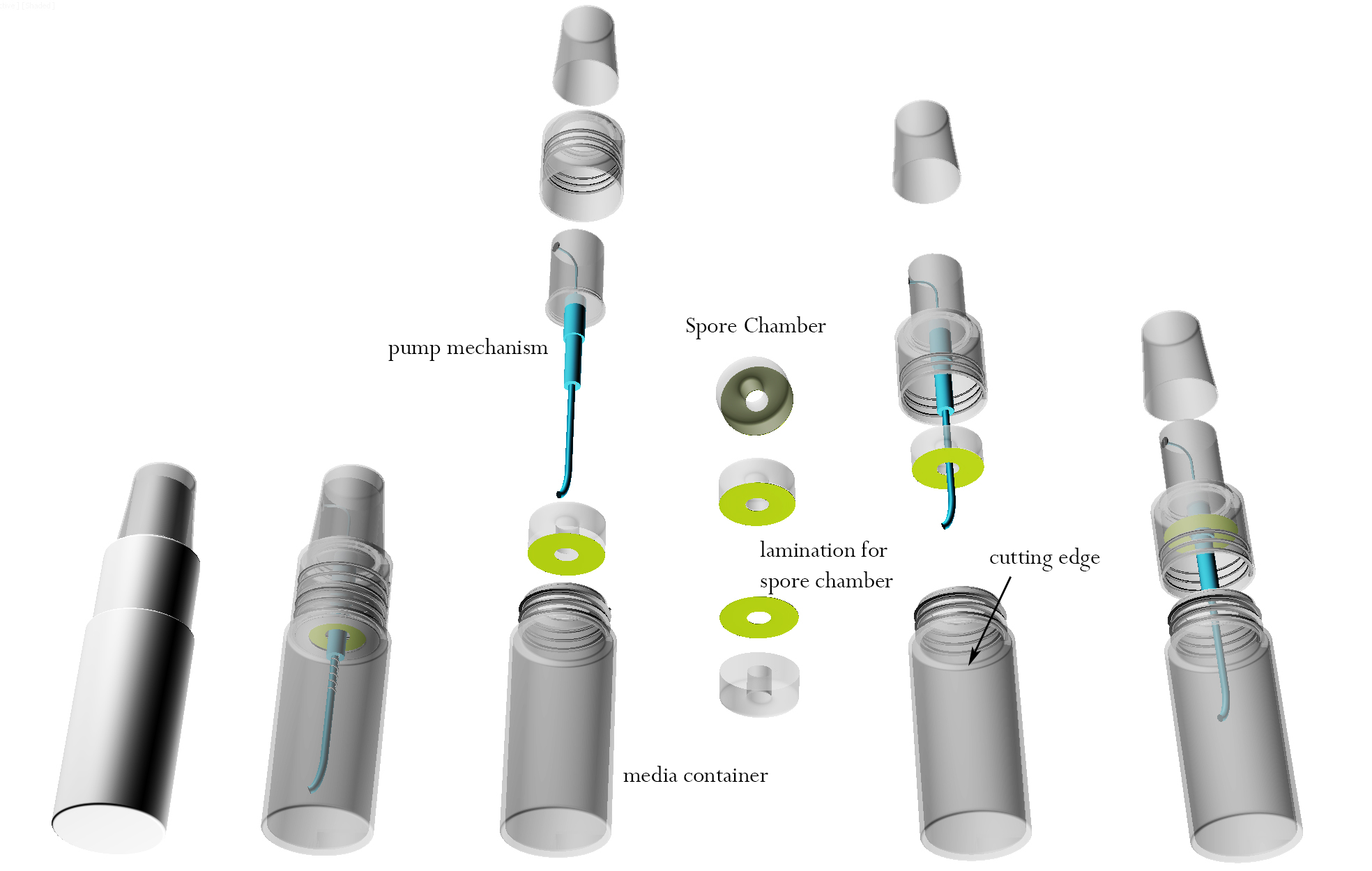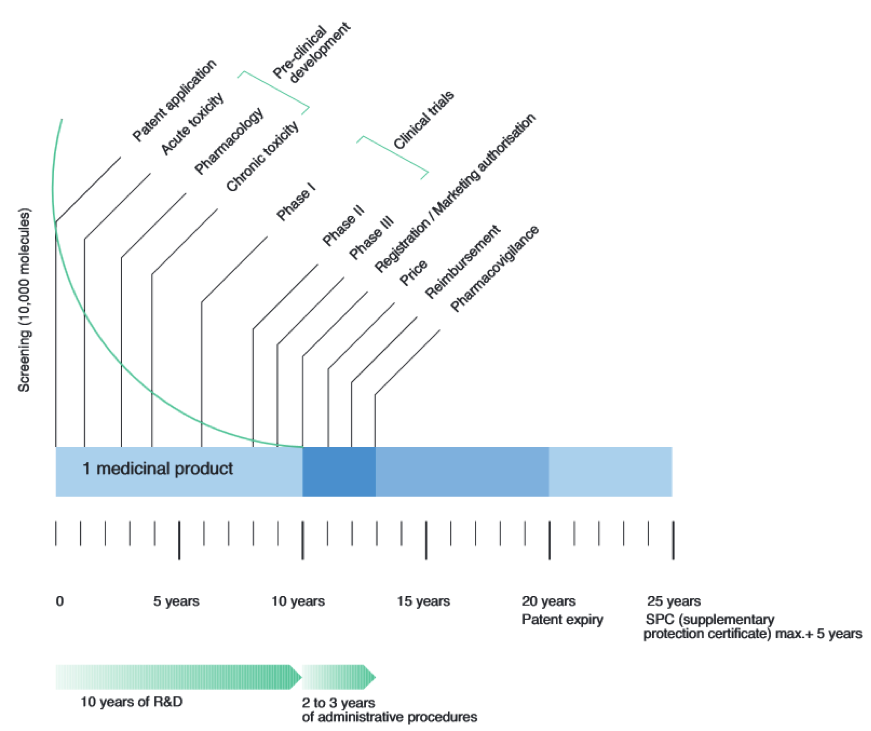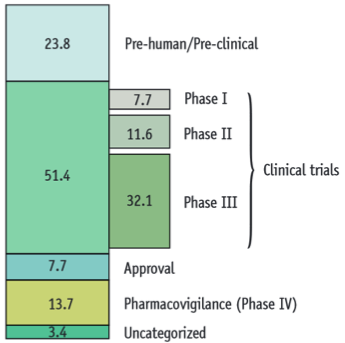Team:LMU-Munich/Rathenau
From 2014.igem.org
Collaboration with the Rathenau Instituut
The Rathenau Instituut is a dutch technology assement center focused on the impacts of Synthetic Biology in society. Together, we were exploring and discussing the hard impacts of our potential BaKillus applications in order to develop a plausible application scenario. Furthermore, based on our application scenarios, we thought about soft impacts and therefore investigated the desirability of our application in a so called techno-moral scenario.
Application Scenario
Download our application scenario as a PDF here.
The BaKillus Concept
Ever increasing microbial resistance to classic antibiotics urges the development of novel pathogen-killing strategies to treat infectious diseases. Exploiting bacterial communication mechanisms such as quorum sensing (QS) is a promising strategy to specifically target certain pathogens. Towards this goal, the synthetic organism BaKillus was designed to specifically target respective QS-dependent pathogenic bacteria. Here, the core element is a pathogen-detection device to detect Staphylococcus aureus and Streptococcus pneumoniae. By utilizing QS-dependent promoters, BaKillus will activate pathogen-killing devices like the production of antimicrobial peptides or biofilm degrading enzymes in the presence of target pathogens (see Fig. 1 for details). As a safety measure, a delayed suicide-switch guarantees non-persistence of genetically modified B. subtilis in the absence of pathogens.

BaKillus could be applied in two independent ways, first as a point-of-care diagnostic tool to identify pathogens and second, as a drug-producing microbe to treat bacterial infections.
Pathogen-identification diagnostic tool:
Problem: Current tests to identify S. aureus are PCR based to detect specific genes. Theoretically, a PCR-result could be obtained within three hours, whereas it takes round seven hours in practice. However, PCR based methods are error-prone and therefore verification by molecular biologic test are recommended. Current biological tests (e.g. coagulase) require a time-consuming (18-24h) culturing step. Based on the test results, rapid and strict hygiene rules, e.g. separation from non-infected persons, seem to be very effective to lower the spread of health-care associated MRSA. Here, we want to suggest an alternative strategy that can potentially facilitate the current diagnosis procedure.
The BaKillus S. aureus diagnosis tool: We are planning to develop a ready-to-use diagnosis tool for point-of-care testing by the professional staff in hospitals, pharmacies or medical offices (see Fig. 2). A smear of a patient into a BaKillus-reporter culture could be enough to verify the presence of S. aureus within 0.5-2 hours (just limited by the time for BaKillus spore germination and reporter gene expression). This culture-independent detection could be precautionary used by patients of certain risk groups. The fast result would enable health-care institutions to directly start subsequent treatments/hygiene measures just after arrival of the patient and thus contact between infected and non-infected patients and therefore the spreading of multi-resistant pathogens could be lowered.

Table 1: Discussion of the BaKillus diagnostic tool.
| Strengths | Weaknesses |
|---|---|
| Detection & Identification of AIP-dependent pathogens discriminating them from the opportunistic non-pathogenic state | Application is limited to targets that exhibit QS-dependent pathogenicity. |
| Pigments would be ideal to use as bio-reporters (the output of the detection device). The change of colour can be observed by eye and thus the product needs no high-end technology or electricity. Therefore highly portable and independent device for usage in abroad and crisis regions | Initial assessment of the sensitivity of the test and tests for reliability of the tool required |
| Self-contained device prevents release of GMOs and thus the product only requires a proposal for release (personal communication Dr. Ulrich Ehlers, Commissioner for GMO-release in Germany, BVL and Dr. Hans Schrubar Commissioner for Bio-Safety in Bavaria) | German laws are unspecific about bacterial GMOs. Success and risks are hard to calculate |
Pathogen treatment tool:
Problem: ‘Inappropriate use of antimicrobials’ in humans is considered the ‘most important cause’ for antimicrobial resistance (AMR) emergence by the WHO. This includes both over and underuse. First, every use of antimicrobials puts the human microbiome under selective pressure, enhancing selectively the proliferation of resistant strains. Second, non-lethal quantities of an antimicrobial drug enables pathogens to develop resistance and prolongs the infection, giving resistant organisms increased possibility to spread
The BaKillus pathogen treatment tool: Based on the pathogen-detection device, BaKillus will activate its pathogen-killing devices (see Fig. 1) to kill S. aureus or S. pneumoniae. Both are often associated with surface infections of the human body system and thus BaKillus could be used to cure infected patients. We discussed potential applications with doctors and immunologists and plan an application as a nasal injection, e.g. to treat chronic inflammation of the ENT tract. The approach’s main advantage is that the antibiotic production strictly depends on the QS of the pathogen. Antibiotics are just produced in the presence of an inflammation caused by a pathogen. Once the pathogen is killed, antibiotic production is down-regulated. By this means, the BaKillus strategy increases the efficiency of antimicrobial treatments and strongly reduces the mis- and overuse of antibiotics.
Table 2: Discussion of the BaKillus nasal spray.
| Strengths | Weaknesses |
|---|---|
| Novel antibiotics allow treatment of resistant superbugs like MRSA | Unknown efficiency and interaction of the drugs with the human body system, therefore individual evaluation and approval required for each novel antibiotic. |
| Local treatment dependent on presence of pathogen => no need for broad spectrum-antibiotics | |
| Combination of drugs allows effective killing and little survival of resistant subpopulations | Strong legal regulations to use GMOs on humans could make the approval a long endeavour and obstruct the substitution of sensing and killing devices for personalized needs, as individual approval is required. |
| Low production costs | Immense costs to fulfil legal regulation for approval and clinical studies |
| Bacillus subtilis is Generally Recognized As Safe (GRAS status, FDA), so BaKillus is probably non-pathogenic. Additionally, the Suicide Switch and the Trytophane auxotrophy add addtional safety layers. | |
| Technically, BaKillus is a drug and therefore it needs to prove itself in clinical studies (see Fig. 3 and 4) |
Realisation:
In view of the possible BaKillus application process, we first plan to focus on the development of the diagnostic tool inside the university. Funding might be possible by DFG or SynBio- or entrepreneurship-funding organizations. Once our idea is able to leave the lab, we would start a business and develop a prototype with the help of an industry partner (e.g. a small engineering company) and venture capital funds. Alternatively, we would look into the possibility of acquiring the necessary financial means through a crowdfunding campaign. Throughout the development process, we would apply rapid prototyping techniques such as 3D printing to quickly reach a market-ready product. At the same time, intellectual property (e.g. patents) will be built up to protect our invention and provide an income for the growth of our start-up. Through the success of our diagnostic tool, we can convince further investor and finally could be able to afford the approval process of the BaKillus nasal spray. Once we have brought this product to the market, we can push for new legal regulations regarding the approval of SynBio products.
Technomoral Scenario
Autonomous nano-exterminator
BaKillus actively detects and kills pathogenic bacteria. The first version, the BaKillus nasal spray, was an overall success about twenty years ago. It is still in use to treat all kind of bacterial surface infections, e.g. of the skin or nose. Now, a modified BaKillus version that can treat intracellular pathogens like M. tuberculosis went into clinical trials in the last months. But the week before, several test persons reported the same side effect and all participants were asked to stay in hospitals for several days. Two friends, one of whom participated in this study, are talking.
...You know, it is not about that I lost an opportunity to fund my studies or that I have to be in hospital the next days. I have this stuff in my body now. What hit them could also hit me!
Ah, you are exaggerating. What is it they have? They are feeling a craving for huge amounts of proteins. They simply go and a have their protein shake and they are fine. Such as you. You’ll be home by weekend and you can have your shake. They did a good job on the new BaKillus, I would prefer having milk shakes all the time, than dying of Tuberculosis.
Don’t try a trick on me, that’s not funny! We just don’t know what’s going on. Actually, most of the patients already lost their symptoms again. The other’s told me that they felt like not acting on their own. Really weird! And that’s the point. The doctors don’t know what it was or where it comes from. They just say BaKillus was perfectly designed not to interfere with the body system and they try to work out a solution. How can I still trust ‘em?
Oh, you have been to a company doctor? Better go to ask an independent doctor, they always have a different view.
No, I can’t. They barely have expertise because the company never release detailed information about products of this kind. Sure, you can read the patents, but I doubt that any outsider can really grasp what is going on there. I’m totally helpless. Can anybody help me? The thing is, that I have about a million BaKillus cells in my body system doing anything. I want them out!
Now I start to see your point. Remember my uncle, the old doctor and how he complained about the release of the BaKillus nasal spray twenty years ago? He never wanted to prescribe the BaKillus spray to people who had a middle ear inflammation. He said: Boy, you would never want to go on a plane without pilot, but you really want to put BaKillus in your nose? It is a complete black box to me, it doesn’t even tell me which infection you actually had!
Yeah, I remember! And we were always joking about him, saying that no one will need a doctor anymore with this new synthetic cells. Just go and get BaKillus, he will do the doctor’s work for you. Diagnosis and treatment within one shot of the spray. Did you know that the new BaKillus cells measure and react to more than dozens parameters of the body system? It is a data sampling monster, but a genius calculator allowing treatment with pinpoint accuracy! But God, the old man was right. With all those new nanotechnology stuff, you never know how it really functions. If only politicians would have slowed down this development.
Hum... but somehow it’s good that they didn’t. Just by the success of the first BaKillus leading to 60% less deaths by infectious diseases all around the world. Honestly, that was the only thing that was important to us until last week. And indeed, the government was a bit reserved in the first year of BaKillus. On the one hand, the discussion whether we want to use BaKillus or not was dominated by the critics of the Doctors Association talking about the risks of SynBio, their jobs, the black-box issue and insufficient consumer protection. On the other hand, NGOs and industry praised the all over availability and efficiency of BaKillus. But as the first patients were cured, all patients just wanted to use BaKillus and were convinced that BaKillus will lead us into the post-antibiotic era.
But over the years we seem to forget what BaKillus changed, now we see the bad side more pronounced. NGOs started to work on a moratorium of BaKillus. This morning an independent doctor came to see me. He is in a sort of ethics committee that is collaborating with a NGO and consumer protection organisations. They want our story to show the downside of BaKillus-like technologies. We demonstrate that even the developers don’t know what is going on.
Uh wow, guess they have their point there. Are you going to support them? How, do you feel about it?
Oh, I feel so stupid and I guess even those BaKillus cells are more clever than me. …

Hi there!
Welcome to our Wiki! I'm BaKillus, the pathogen-hunting microbe, and I'll guide you on this tour through our project. If you want to learn more about a specific step, you can simply close the tour and come back to it anytime you like. So let's start!

What's the problem?
First of all, what am I doing here? The problem is, pathogenic bacteria all around the world are becoming more and more resistant against antimicrobial drugs. One major reason for the trend is the inappropriate use of drugs. With my BaKillus super powers, I want to reduce this misuse and thus do my part to save global health.

Sensing of pathogens
To combat the pathogenic bacteria, I simply eavesdrop on their communication. Bacteria talk with each other via quorum sensing systems, which I use to detect them and trigger my responses.

Adhesion
The more specific and effective I can use my powers, the lower the danger is of provoking new resistance development. So I catch pathogens whenever I get hold of them and stick to them until my work is done.

Killing
Talking about my work - killing pathogens is finally what I am made for. In response to quorum sensing molecules of the pathogens, I export a range of antimicrobial substances leading to dissipation of biofilms and the killing of the targeted bacteria.

Suicide switch
When the job is done and all the bad guys are finished, you don't need a super hero anymore. So after fulfilling my work I say goodbye to the world by activating my suicide switch.

Application
Of course I'm not only a fictional hero, but a very real one. In two different prototypes, I could be used for diagnosis or treatment of pathogen-caused diseases. However, there is still a whole lot of regulational and economical questions that have to be answered before.

See you!
So now you know my short story - and it is time for me to return to my fight for a safer world. Feel free to take a closer look on my super powers, the process of my development or the plans for a medical application.
 "
"









